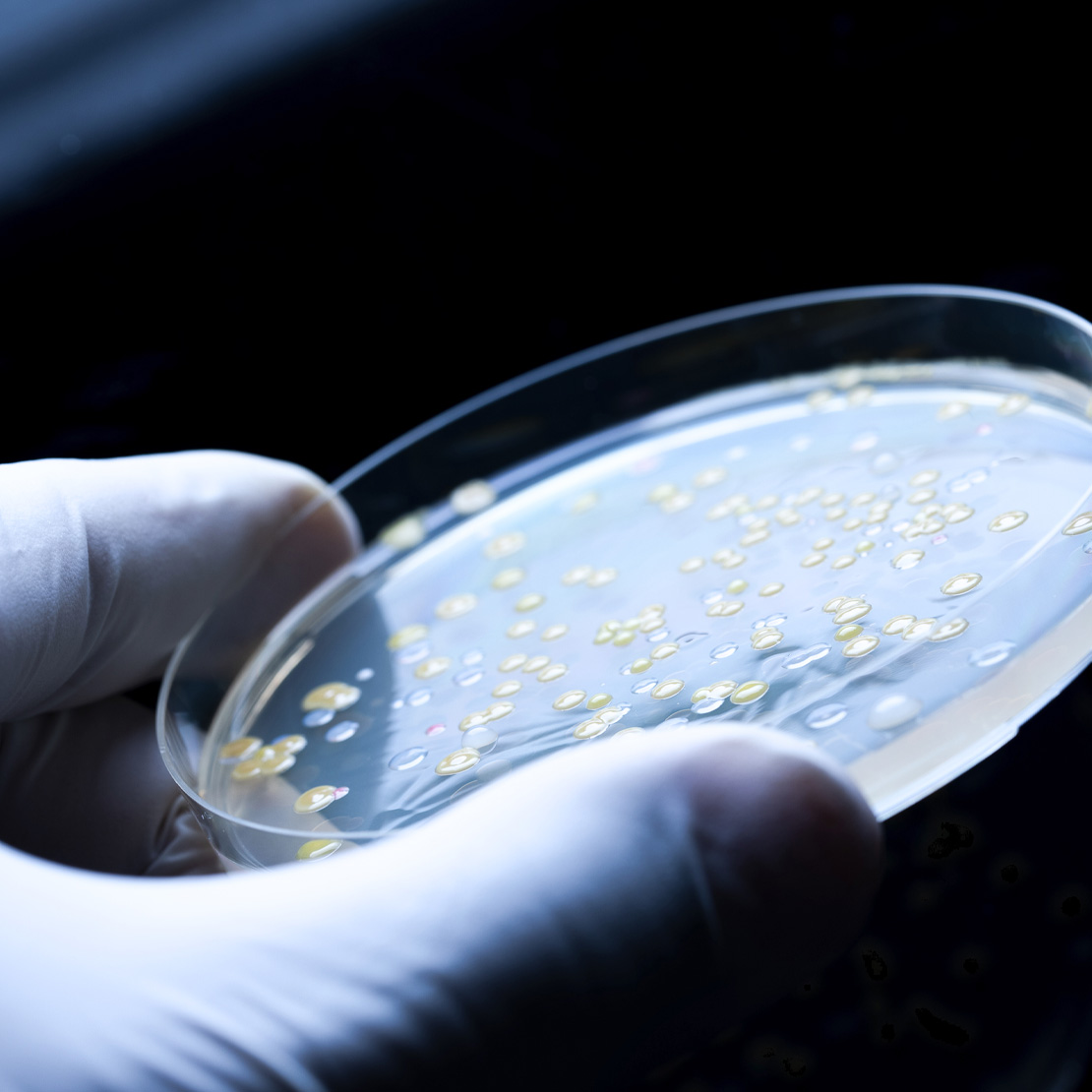Gastro-intestinal
We are specialized in oral drug delivery and have developed a range of in vitro models simulating the behavior of drugs and drug products in the gastro-intestinal tract. We use a broad selection of cell culture models to assess drug permeability and absorption mechanism.
We have designed and implemented development strategies for oral delivery of peptides and proteins. This includes compatibility with simulated gastro-intestinal media, assessment of protease degradation, efficiency of permeation enhancers, using cell culture models, and more.
We simulate the behavior of drugs and drug products in the gastro-intestinal tract and we assess drug permeability and absorption mechanisms applying physiologically relevant media and in vitro models to simulate desired administration routes.
• Dynamic Gastric Model (DGM) and duodenal module simulate food effect on drug products.
• Caco-2 cell culture permeability model
• Mucus secreting cell models
Dynamic Gastric Model
The Dynamic Gastric Model (DGM) is the only model that also simulates the different compartments of the human stomach. The DGM can digest an entire meal, the chewed meal will be mixed with enzymes in the funnel shaped fundus/corpus compartment and the emptied to the antrum part.
In the DGM antrum the food bolus is subjected to the same forces as in vivo – and is subsequently discharged from the DGM at rates that are depending on the caloric content of the food, similar to human gastric emptying.
It is a valuable model for testing modified release systems, enteric coated formulations, gastric retention formulations, bioequivalence, food effects and alcohol induced dose dumping.
The DGM is a strong in vitro model simulating the human stomach and being able to predict the behavior of oral dosage forms.

For further information
please contact:
Anette Müllertz
Head of Bioneer:FARMA
Vibeke Dalhoff
BD

